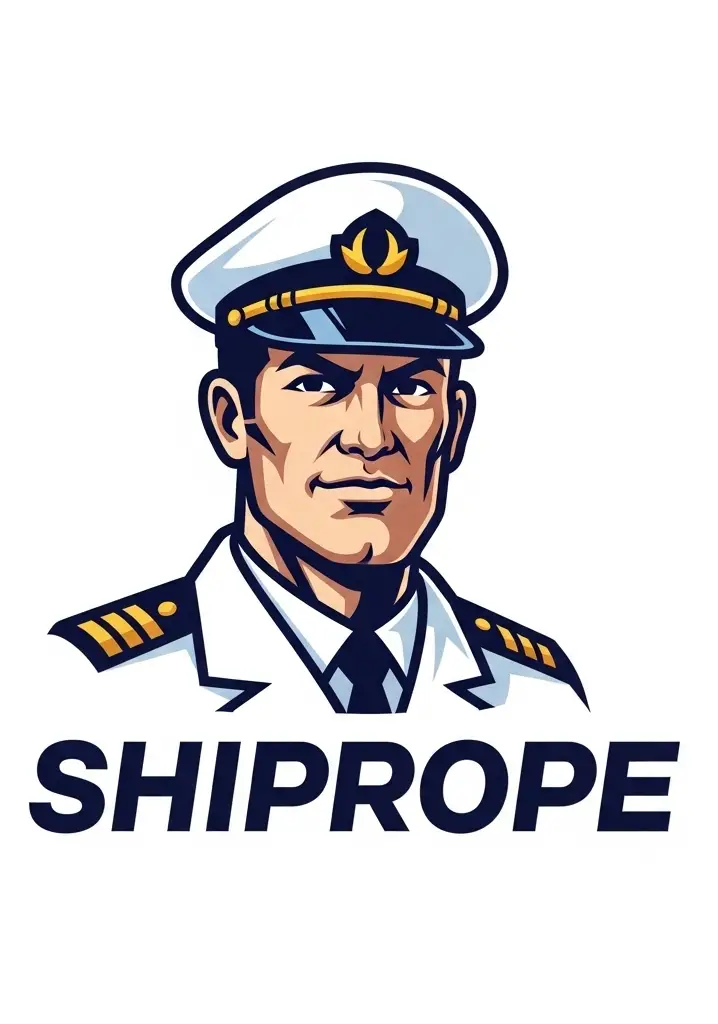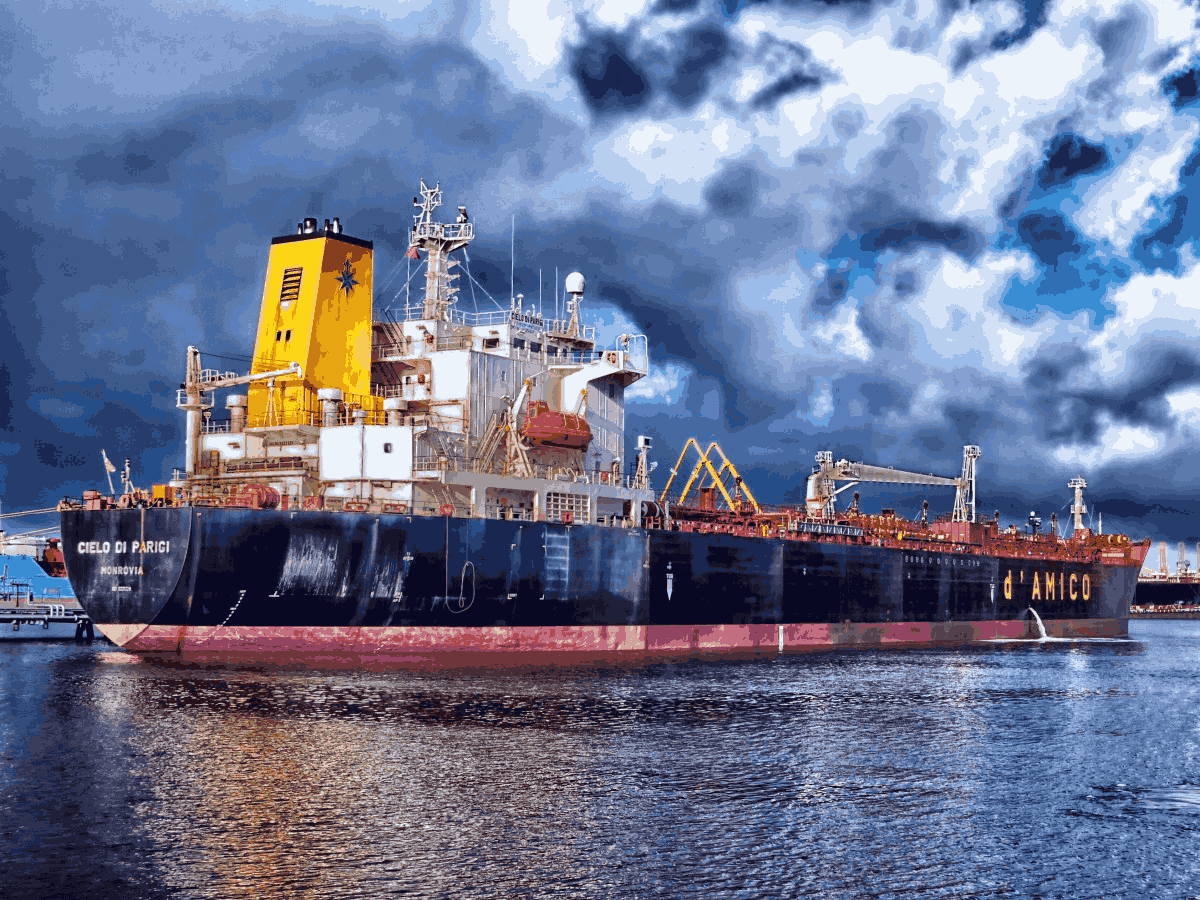What Is Freeboard On A Boat? Everything You Need to Know
| Aspect | Details |
|---|---|
| Definition | Freeboard is the vertical distance between a boat’s waterline and the upper edge of its deck. It determines how much of the boat sits above the water. |
| Importance | A higher freeboard provides better protection against waves, while a lower freeboard offers easier access and less wind resistance. |
| Factors Affecting Freeboard | – Boat Type: Kayaks have minimal freeboard, while cargo ships have high freeboard for stability. – Boat Size: Larger boats generally have more freeboard for safety. – Intended Use: Boats designed for rough seas have higher freeboard. – Legal Regulations: Some jurisdictions enforce freeboard requirements for safety. |
| Safety Role | Freeboard helps prevent swamping and flooding, ensuring a safer ride in rough waters. |
| Comfort & Functionality | Higher freeboard keeps passengers dry and comfortable, while lower freeboard allows easier boarding and fishing. |
When it comes to boating, there’s one term seasoned sailors and boating enthusiasts alike often bring up—freeboard. But what exactly is freeboard, and why does it hold such prominence in the boating world? Whether you’re navigating calm waters or braving the high seas, understanding freeboard is essential for safety, functionality, and performance.
This blog dives deep into the concept of freeboard, breaking it down for everyone, from the novice sailor to the experienced mariner. By the end, you’ll not only know what freeboard is but also appreciate its critical role in boating and how it shapes the design and use of boats.
What Is Freeboard?
Freeboard is the vertical distance between a boat’s waterline and the upper edge of its deck. Essentially, it measures how much of the boat sits above the water. To put it simply, it’s the “side height” that separates you from the waves.
Why is freeboard important? It serves a critical function in keeping water out of your boat. A higher freeboard means greater protection from waves washing over the deck, while a lower freeboard offers easier access and less wind resistance.
Whether you’re aboard a fishing vessel or cruising on a speedboat, freeboard plays an integral role in ensuring both safety and performance.
Factors Affecting Freeboard
The amount of freeboard on a boat isn’t random—it’s shaped by numerous factors, including design intentions and external conditions.
1. Boat Type
Different boats serve different purposes, which naturally impacts their freeboard. A kayak, for instance, has minimal freeboard to keep it lightweight and maneuverable. Conversely, a large cargo ship has high freeboard to ensure stability and safety in rough seas.
2. Boat Size
Larger boats often have more freeboard than smaller ones, as they need greater stability and protection in challenging conditions. Freeboard helps larger vessels manage their weight distribution and prevent capsizing.
3. Intended Use
Is your boat designed for calm inland waters or unpredictable ocean waves? Boats intended for harsh, open seas generally have higher freeboards, while those meant for more controlled environments, like lakes, can afford a lower freeboard.
4. Legal Regulations
Certain jurisdictions enforce legal requirements around freeboard to ensure safety. For example, passenger boats often need specific freeboard measurements to meet maritime safety standards.
Why Does Freeboard Matter?
1. Safety First
Freeboard acts as the first line of defense in keeping water out of your vessel. A higher freeboard offers protection against large waves and choppy seas, reducing the risk of swamping or flooding.
2. Comfort and Functionality
Boats with optimal freeboard tend to provide a smoother ride, keeping passengers dry and comfortable. On the flip side, lower freeboards can ease activities like fishing, swimming, and boarding.
3. Performance Optimization
Freeboard affects how a boat performs in terms of speed, fuel efficiency, and handling. Too much freeboard can add unnecessary weight and wind resistance, while too little can compromise stability.
Types of Freeboard
Freeboard isn’t a one-size-fits-all concept. There are three primary types, each serving a particular purpose.
1. Minimum Freeboard
This represents the lowest amount of freeboard required to maintain safety and stability. It’s often dictated by regulatory authorities and varies based on the type and purpose of the vessel.
2. Operational Freeboard
This is the amount of freeboard maintained during regular boating activities. It might adjust slightly based on factors like load and passenger weight.
3. Maximum Freeboard
Maximum freeboard is associated with the full height of a boat’s hull. It comes into play when considering how much room there is for modifications or when accommodating varying water levels.
Freeboard and Weather Conditions
Weather and water conditions significantly influence the importance of freeboard.
Calm Waters
For lakes and other calm bodies of water, a lower freeboard typically suffices. These conditions require less protection from waves, making boats like pontoons or fishing crafts with low freeboards ideal.
Rough Seas
High freeboards become crucial when facing strong winds or turbulent seas. They prevent waves from spilling onto the deck and help maintain stability against shifting loads caused by rapidly changing weather conditions.
How to Measure and Adjust Freeboard
Want to measure your boat’s freeboard? It’s easy with these simple steps!
- Find the Waterline
Identify the line on your boat where it meets the water surface.
- Measure the Height
Using a measuring tape, record the vertical distance between the waterline and the highest point of the boat’s deck.
- Make Adjustments If Necessary
If your freeboard isn’t within the optimal range, adjustments can be made. Redistributing weight or removing heavy cargo can help increase freeboard, while balancing added weight can lower it.
Freeboard in Boat Design
Boat designers put a lot of thought into freeboard when creating new vessels. They aim to strike the perfect balance between safety, functionality, and aesthetics.
For example:
- A luxury yacht might feature a moderate freeboard to keep passengers protected while ensuring a sleek, visually appealing design.
- Speedboats tend to have lower freeboards for enhanced performance and speed.
Some notable boat models with excellent freeboard designs include modern-day catamarans for their stability and fishing boats for their user-focused functionality.
Freeboard and Legal Requirements
Freeboard can have legal implications depending on the type of waters and the region where your boat operates. Certain jurisdictions enforce minimum freeboard requirements for boats in commercial use, particularly those carrying passengers or cargo.
Noncompliance can lead to penalties or restricted operations, so it’s vital for boat owners to understand and adhere to these regulations. Be sure to research local maritime laws or consult an expert.
Think Beyond the Waterline
Understanding freeboard might seem like a niche topic, but its relevance to safety, performance, and even enjoyment on the water is undeniable. Whether you’re buying a new boat, customizing your current one, or planning your next adventure, freeboard should be a key consideration.
Keep exploring, experimenting, and learning to make your boating experiences not only safe but truly unforgettable.
Have questions about boat design or want to learn more about optimizing your boat’s freeboard? Drop your inquiries below or share your experience with freeboard! We’d love to hear your thoughts.


I loved as much as you will receive carried out right here. The sketch is tasteful, your authored material stylish. nonetheless, you command get bought an edginess over that you wish be delivering the following. http://www.kayswell.com unwell unquestionably come further formerly again since exactly the same nearly very often inside case you shield this hike.